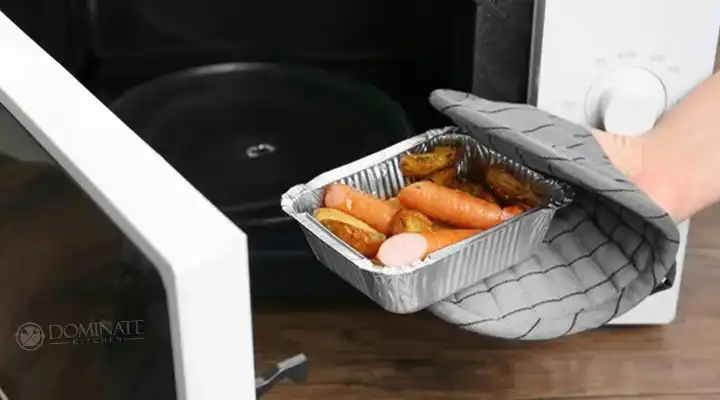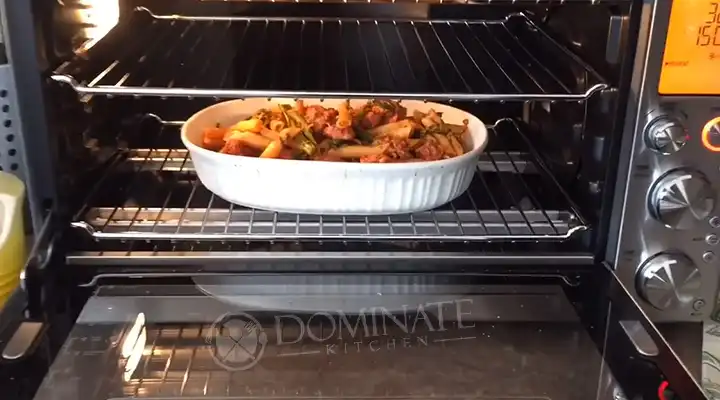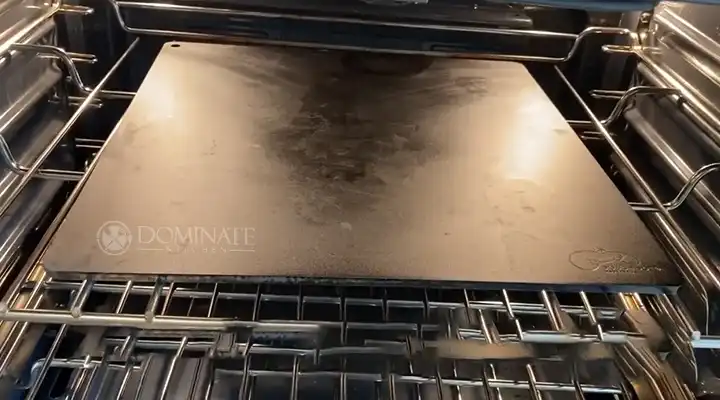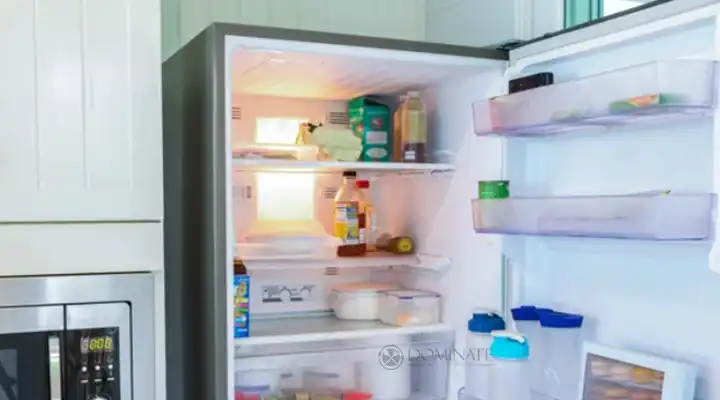Why Does My Kitchen Circuit Breaker Keep Tripping? Beyond the Flicker
Encountering a recurring issue in my kitchen, where the circuit breaker keeps tripping, has been both frustrating and concerning. The kitchen, central to daily activities like cooking and refrigeration, relies on a functional electrical system. A tripping circuit breaker not only disrupts these tasks but also poses potential safety hazards, underscoring the importance of a prompt resolution.
Circuit breakers serve as protective devices, preventing electrical overloads and short circuits, ultimately safeguarding your home from electrical fires and other dangers. Their role in ensuring electrical safety cannot be overstated. That’s why I’ll explore the reasons behind this problem, its implications, and effective solutions so that you can easily get out of this mess. So, without wasting much time, go get into them.
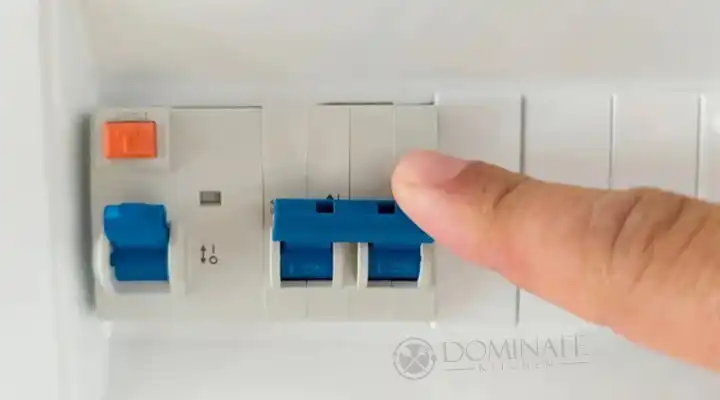
Common Causes of a Tripping Circuit Breaker
When it comes to common causes of a tripping circuit breaker, understanding the culprits behind this electrical conundrum is essential. Overloading, short circuits, ground faults, faulty appliances, and aging wiring are all potential troublemakers. Let’s have a look at these circuit disruptions.
1. Overloading the Circuit
One common reason for a kitchen circuit breaker to trip is overloading. This occurs when you connect too many appliances to a single circuit, drawing more current than it can handle. Overloading can happen when you plug in multiple high-wattage appliances simultaneously.
2. Short Circuits
Short circuits happen when a hot wire and a neutral wire come into direct contact. This bypasses the intended electrical pathway, causing a sudden surge in current and leading to a tripped circuit breaker. Short circuits can result from damaged wires or faulty outlets.
3. Ground Faults
A ground fault occurs when a hot wire comes into contact with a grounded surface, such as the metal case of an appliance. This diversion of current can trip the circuit breaker. Ground faults can be caused by damaged cords, outlets, or appliances.
4. Faulty Appliances
Malfunctioning appliances can also be the culprits. An appliance with damaged wiring or a faulty internal component can create electrical issues, including circuit breaker trips. Identifying and addressing these appliances is essential.
5. Aging Wiring and Connections
Over time, electrical wiring and connections can deteriorate, leading to loose connections and increased resistance. This can cause overheating and circuit breaker trips. The age of your home and its electrical system may contribute to this problem.
Troubleshooting the Tripped Circuit Breaker
When your kitchen circuit breaker plays the role of an unexpected party pooper, it’s time to put on your troubleshooting hat. In this section, we’ll guide you through the detective work needed to identify the root cause of your circuit breaker’s unruly behavior.
Isolate the Problem Area
To pinpoint the specific issue, you can start by identifying the circuit that is causing the problem. Turn off all appliances on that circuit and reset the breaker. Gradually turn on each appliance until the circuit trips again. The last appliance you turned on is likely the source of the problem.
Unplug Appliances
Once you’ve identified the problematic appliance, unplug it and inspect it for any visible damage or loose wires. If you’re unsure about its safety, it’s best to consult a professional electrician or consider replacing the appliance.
Inspect for Visible Damage
Carefully examine the electrical outlets, cords, and wiring in your kitchen for any signs of damage, such as exposed wires, scorch marks, or discolored outlets. Address any issues immediately to prevent further problems.
Perfect DIY Solution When the Circuit Breaker Gets Tripped
Reset the Breaker
If you encounter a tripped circuit breaker, you can attempt to reset it. First, turn off all the appliances on that circuit, then flip the breaker switch to the “off” position and back to the “on” position. If the problem persists, consult a professional.
Replace a Damaged Outlet
If you find a damaged outlet, you can replace it with a new one. Ensure the power is turned off before doing any electrical work, and follow safety precautions to avoid accidents.
Address Loose Connections
If you identify loose wires or connections, tighten them securely. This can often resolve the issue without the need for professional assistance.
Preventive Measures to Take
Avoid Overloading
To prevent future circuit breaker trips, avoid overloading circuits by following manufacturer recommendations for your appliances. Use power strips and extension cords sparingly, and ensure you don’t plug too many high-demand appliances into a single circuit at once.
Upgrade to AFCI or GFCI Breakers
Consider upgrading your kitchen’s circuit breakers to AFCI or GFCI breakers. These advanced breakers offer enhanced protection against electrical faults and can reduce the risk of tripping.
Regular Maintenance
Schedule periodic electrical inspections by a qualified electrician to assess the condition of your kitchen’s wiring and electrical system. Regular maintenance can help identify and rectify potential issues before they lead to tripped circuit breakers.
Professional Electrician Consultation
If you’re unsure about the cause of your circuit breaker trips or if you’re uncomfortable with any DIY solutions, it’s essential to consult a professional electrician. They can provide expert guidance and perform necessary repairs or replacements.
People Also Ask
Can I simply replace the circuit breaker to solve the problem?
Replacing the circuit breaker is not a solution to the underlying issue. It’s essential to identify and address the root cause, which could be overloading, short circuits, or faulty appliances.
Is it safe to reset the breaker if it keeps tripping?
Resetting the breaker is safe, but only after ensuring all appliances on the circuit are turned off. If the problem persists, consult an electrician.
How often should I schedule an electrical inspection?
It’s recommended to schedule an electrical inspection every 2-5 years, depending on the age of your home and the condition of your electrical system.
Final Note
A kitchen circuit breaker that keeps tripping can be an inconvenience, but it’s also a clear warning sign that something is amiss with your electrical system. Understanding the common causes of circuit breaker trips and taking preventive measures can help you maintain a safe and functional kitchen. If in doubt, always seek professional guidance to ensure the safety of your home and family.


![Can You Put a Microwave on a Metal Shelf? [EXPLAINED]](https://www.dominatekitchen.com/wp-content/uploads/2023/09/Can-You-Put-a-Microwave-on-a-Metal-Shelf.webp)
